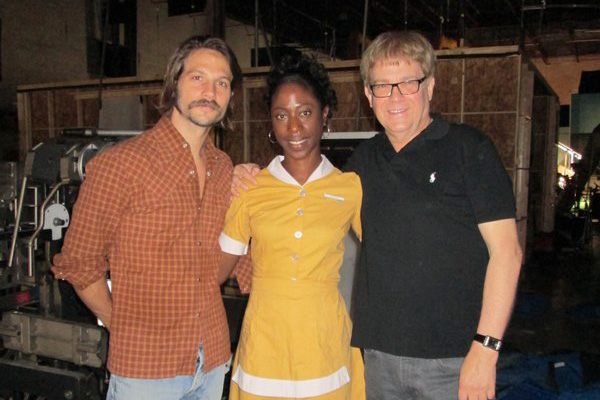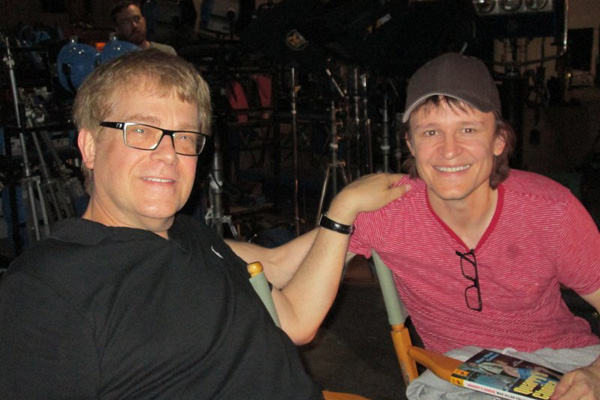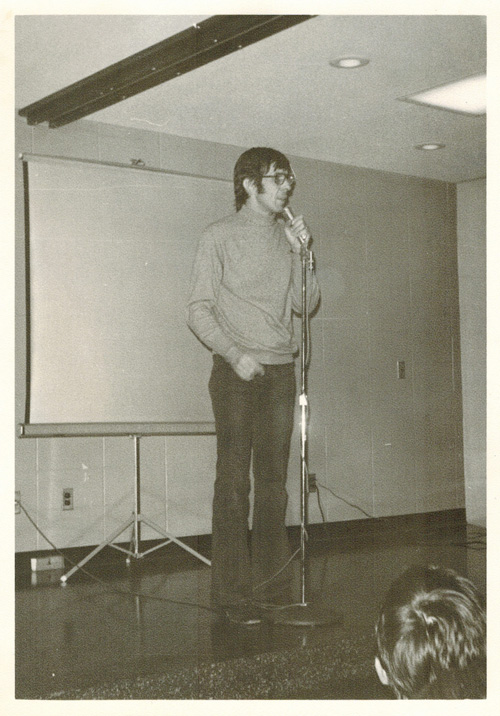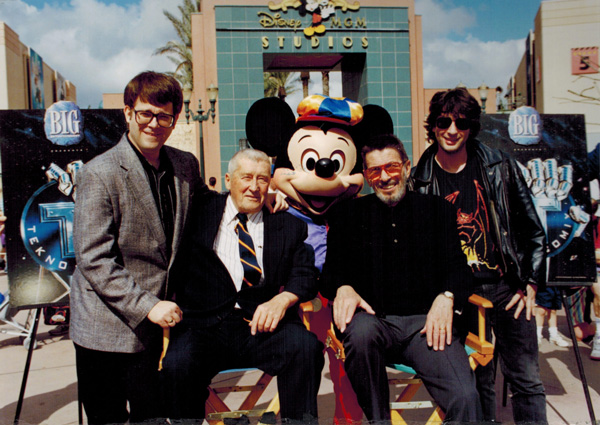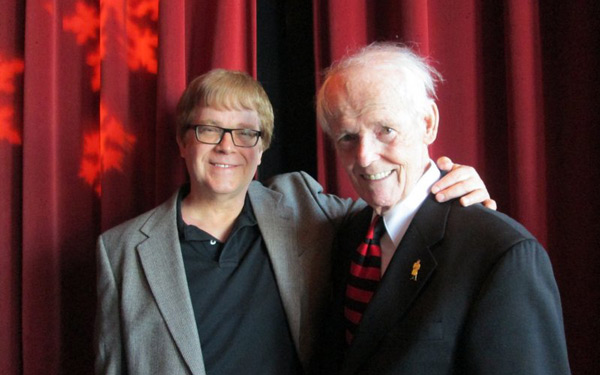“Politically correct” is a term I wouldn’t mind seeing junked. Also the concept. What makes it worthless is that both the right and the left are abusing it.
Take Donald Trump (please). He is making a political campaign out of saying outrageous, offensive things and then hiding behind the notion that being politically incorrect is an attribute. Many voters who are lining up with him see the Donald as a straight-talker who is not afraid to offend. He tells it as he sees it and doesn’t care what you, or the facts, or human decency, might think.
How did we get to a place where being against political correctness could be seen as a plus? Whose fault is it that political incorrectness has become a badge of honor? I know whose fault, since you asked – the left. Right?
At a time when major political candidates are gaining followers by putting down minorities, women, the afflicted, and any religion that isn’t Christianity, many on the left spend their time complaining about people who say the wrong things. Who have the “wrong” attitudes. How many celebrities or other public figures have had to “walk back” innocuous things they said because they’ve been taken to task by the self-appointed arbiters of what is and isn’t acceptable? God help us if any of us are offended by the opinions or remarks of others. It’s now our responsibility to make sure the Facebook posts and Tweets of the famous reflect only what we consider proper and, well, nice.
Since this is the Christmas season, I want to spread the joy around, so I’ll point out that the right can gang up on somebody for trivial, stupid reasons, too, such as the tempest in a teapot over the holiday coffee cup at Starbuck’s. It’s the war on Christmas! Some people really, really need a hobby. Ironically, of course, Starbucks was just trying not offend anybody. Good luck with that.
I have run into this kind of thing in reviews – both professional and amateur – for many, many years. In my case, it’s mostly a byproduct of writing historical fiction. More times than you’d think, when a character in one of my period pieces uses a word like “colored” to describe a black person, or “girl” in reference to a grown woman, I have been taken to task.
It’s a tricky position for a writer to be in, as when I’m dealing with Mike Hammer in a manuscript I’m completing that was begun by Mickey Spillane in the late ‘40s, ‘50s or ‘60s. Attitudes toward homosexuals, for example, are a bitch to deal with. I usually sort of split the difference, and have the character reflect attitudes of his or her times but not emphasize them, and avoid words (like “faggot”) that come off as painfully harsh to modern ears.
But modern ears need to cut a writer of historical fiction some slack. When I write about Nathan Heller, the format is an old man writing his memoirs about things that happened a long, long time ago. He should not be expected to reflect current attitudes. In fact, if he does to much of an extent, I’m doing a bad job as his Boswell.
Would you like to know what offends me? Thanks for asking. I’m in the odd and somewhat enviable position of having my older novels come back into print. These date as far back as the early ‘70s. Recently (as you probably know) Hard Case Crime has been doing new editions of the original five Quarry novels, four of which were published in 1976 and 1977 (the first novel, QUARRY, was started around ‘72 and completed in ‘74). This week I got a lovely review of that novel, one that pleased and even flattered me. I want to make that clear right now, because this reviewer was not only complimentary, but also very smart in discussing the anti-hero aspects of the character.
But he raised a point that frankly made me close my eyes and count to ten (incidentally, about the extent of my math abilities). Here is what the reviewer said:
A couple of things. That in a novel written in the early ‘70s, I chose to give Quarry a gay partner, and that Quarry himself had no problem with that, is something I’m proud of (and that other modern reviewers, looking at this decades-old book, have commented favorably upon, as something fairly innovative and forward-thinking). But more troubling is the notion that a book written over forty years ago has a responsibility not to offend “modern sensibilities.”
When the early Quarry novels were being prepared for re-publication, Hard Case editor Charles Ardai gave me the opportunity to revise any passages that might offend the delicate ears of today. I declined to take advantage of the opportunity, because the books are the books. They were written when they were written, and I’m not going to spend the rest of this lifetime updating them to please the opinions of new generations.
This reflects a special aspect of political correctness that I would guess drive any writers who’ve been around long enough to see early works of theirs described in the present say as “dated.” I think, in the critical lexicon, the word “dated” should be stricken or at least used very carefully. Of course my novel QUARRY is dated. Read the first few chapters of FAREWELL, MY LOVELY and check out Marlowe’s now racist attitudes and vocabulary. All books that weren’t written yesterday are “dated.” Shakespeare is so dated, his language so difficult to penetrate, that he’s considered to be the greatest poetic playwright of all time.
This mini-rant was sparked by the paragraph I quoted (in which the word “dated” does not appear), but in fact this reviewer is very smart and generous, and you should read the other things he had to say here.
Speaking of Quarry, I am delighted to report that J. Kingston Pierce has selected QUARRY’S CHOICE as one of his ten favorite crime novels of 2015. As always, I deplore such lists unless I am on them.
And I’m pleased to say reviews for FATE OF THE UNION (what a wonderful Christmas present a copy of that would be for your family and friends!) have been rolling in. Check out this terrific one.
Finally, as a sort of sidebar to this week’s discussion of political correctness, here is a mini-review from a conservative reviewer who has no problem with the hero’s “leftish politics.” Those of you who remember how some conservative Amazon reviewers objected to SUPREME JUSTICE will understand why I’m so gratified by this write-up.
M.A.C.

